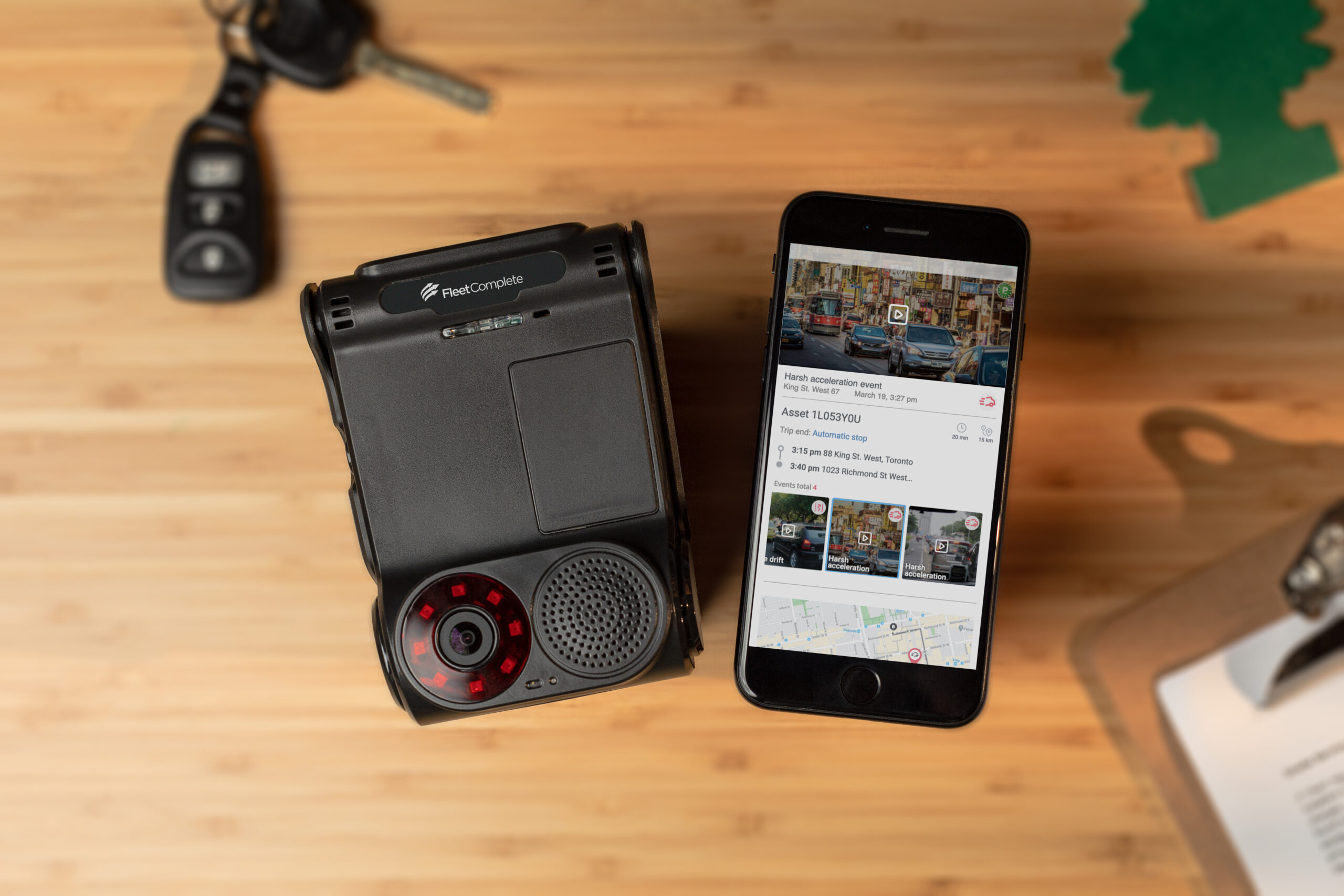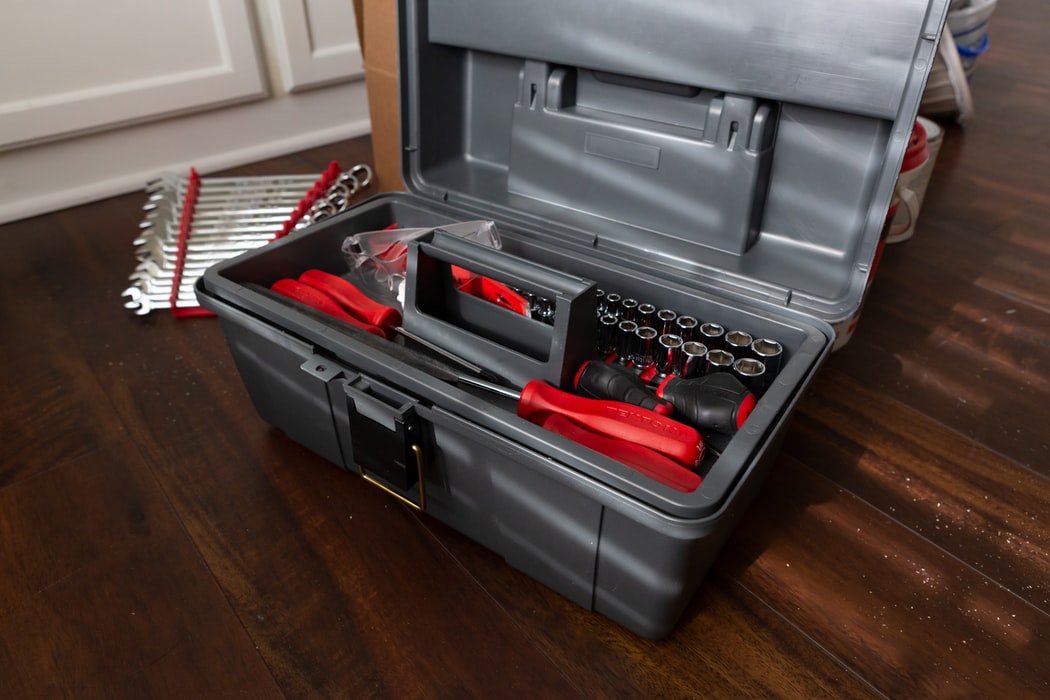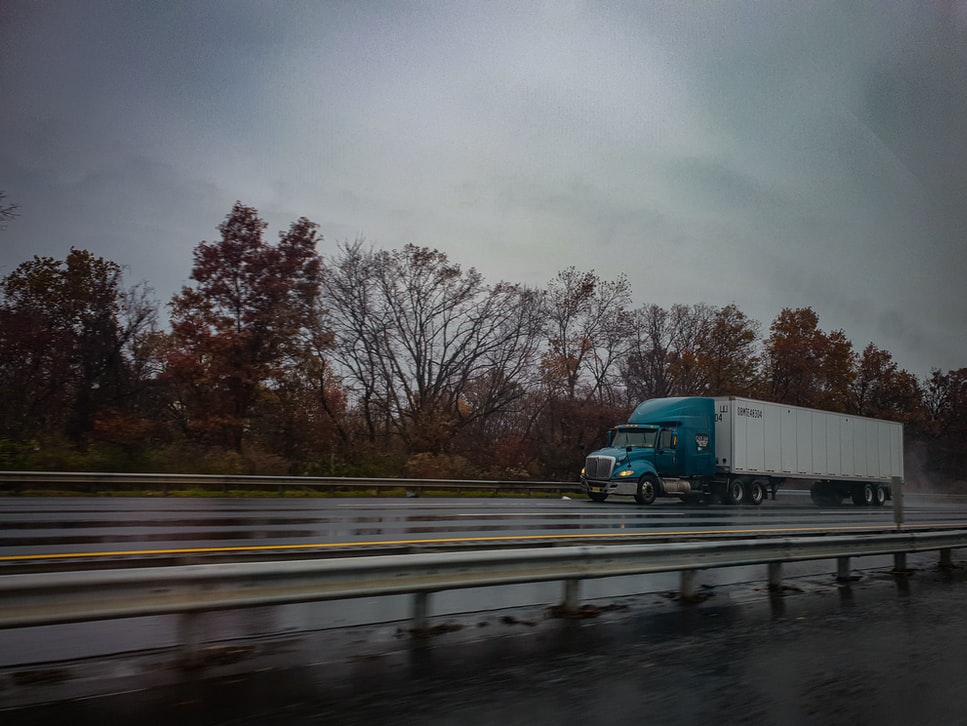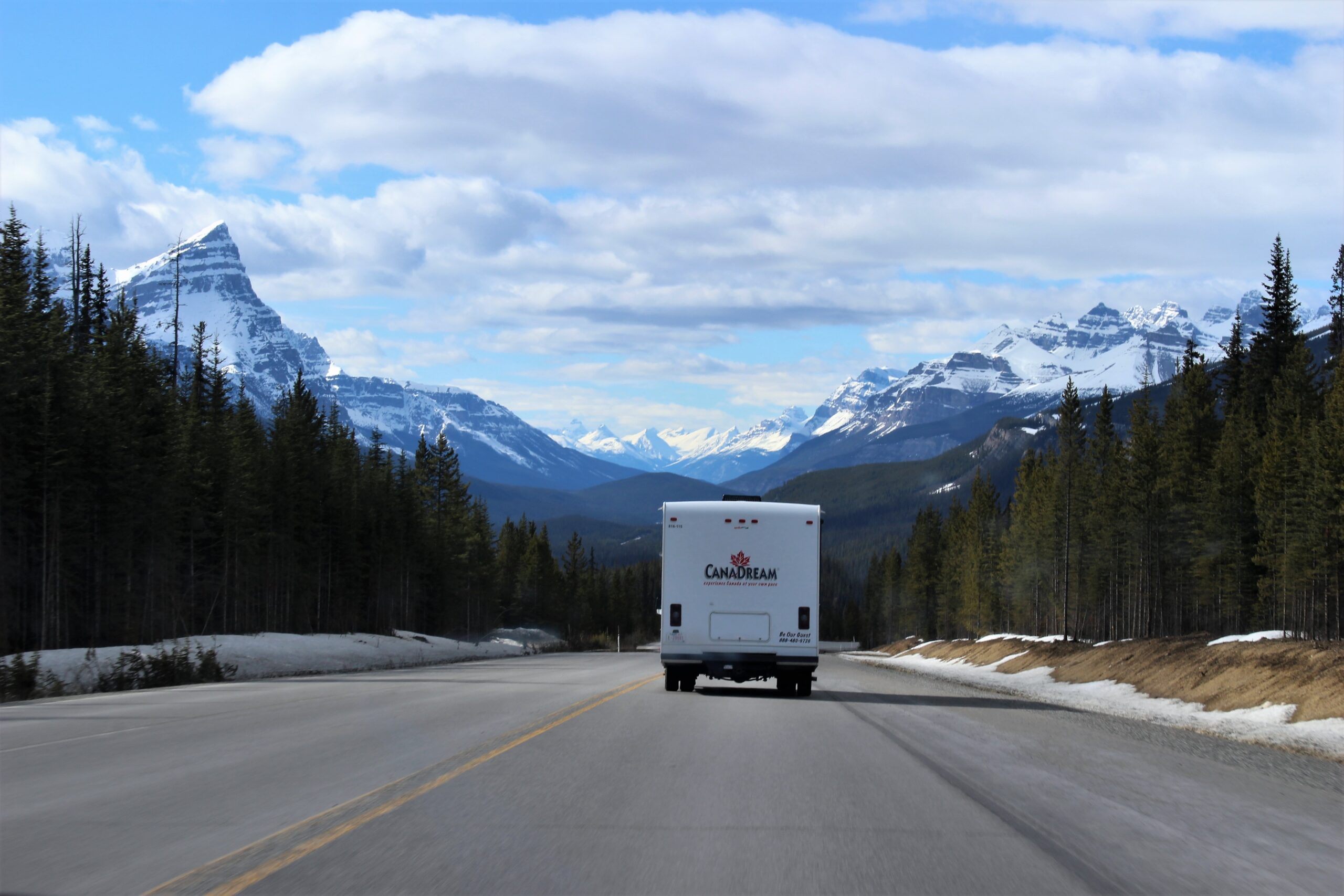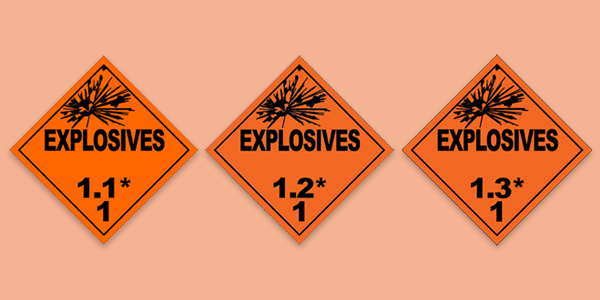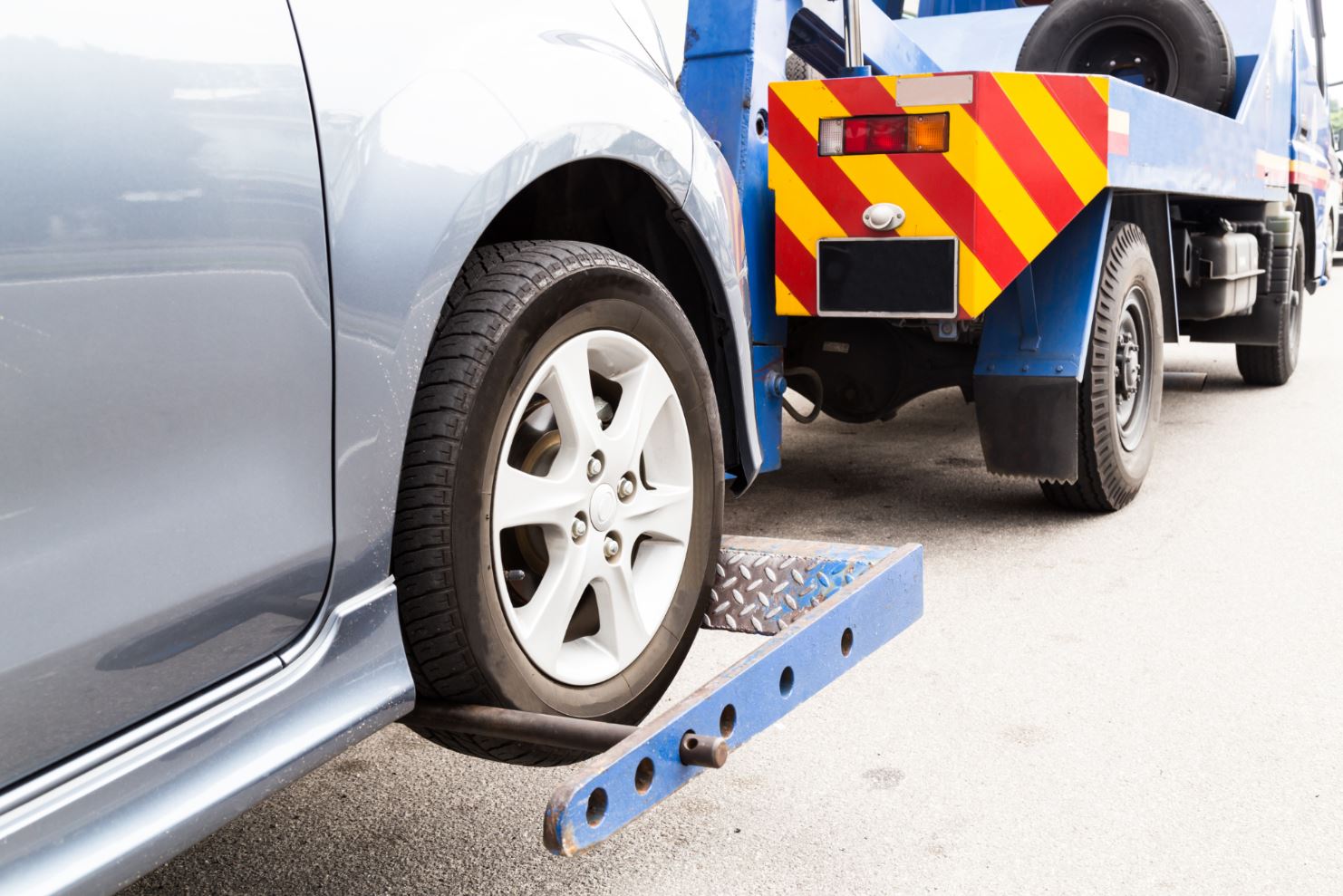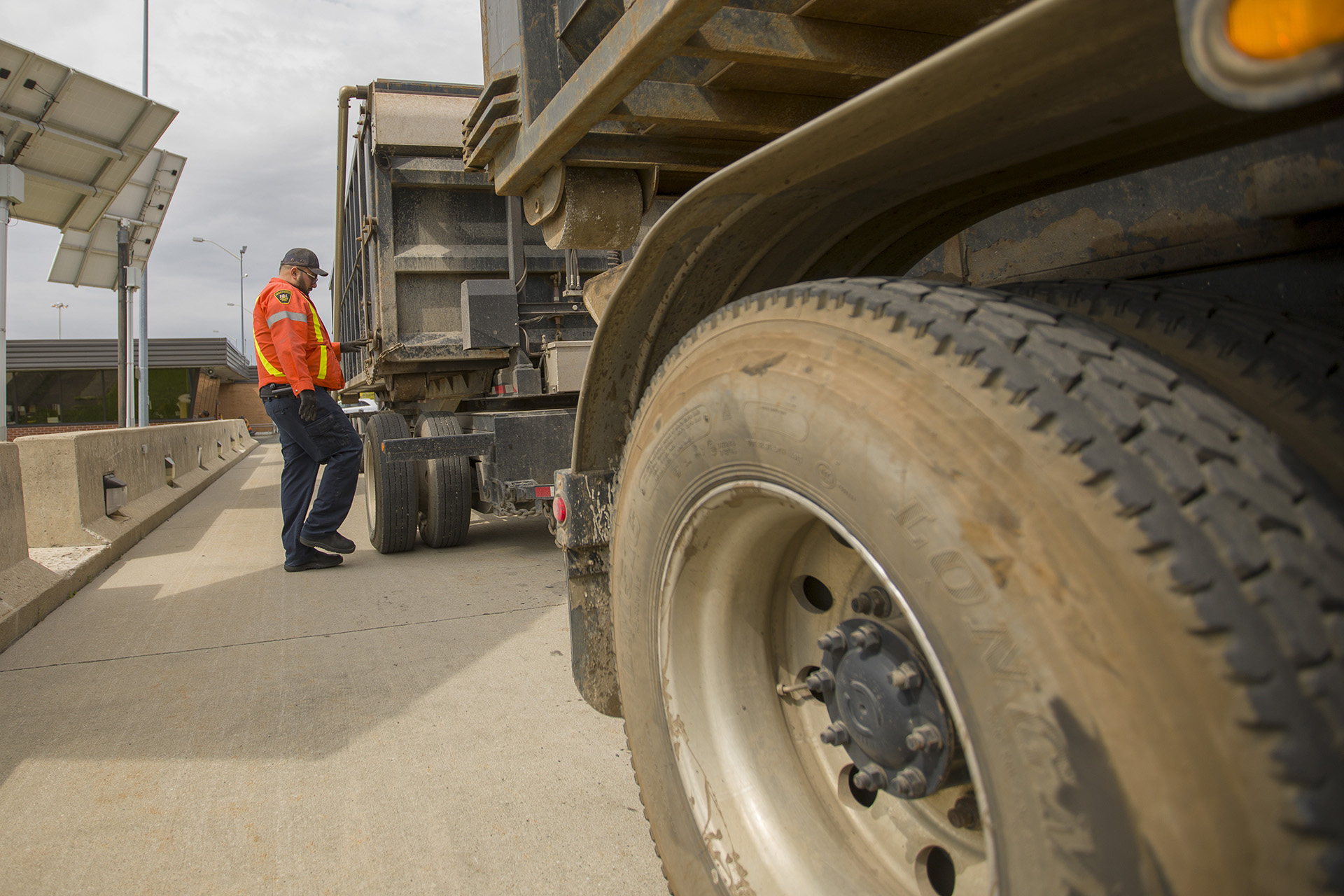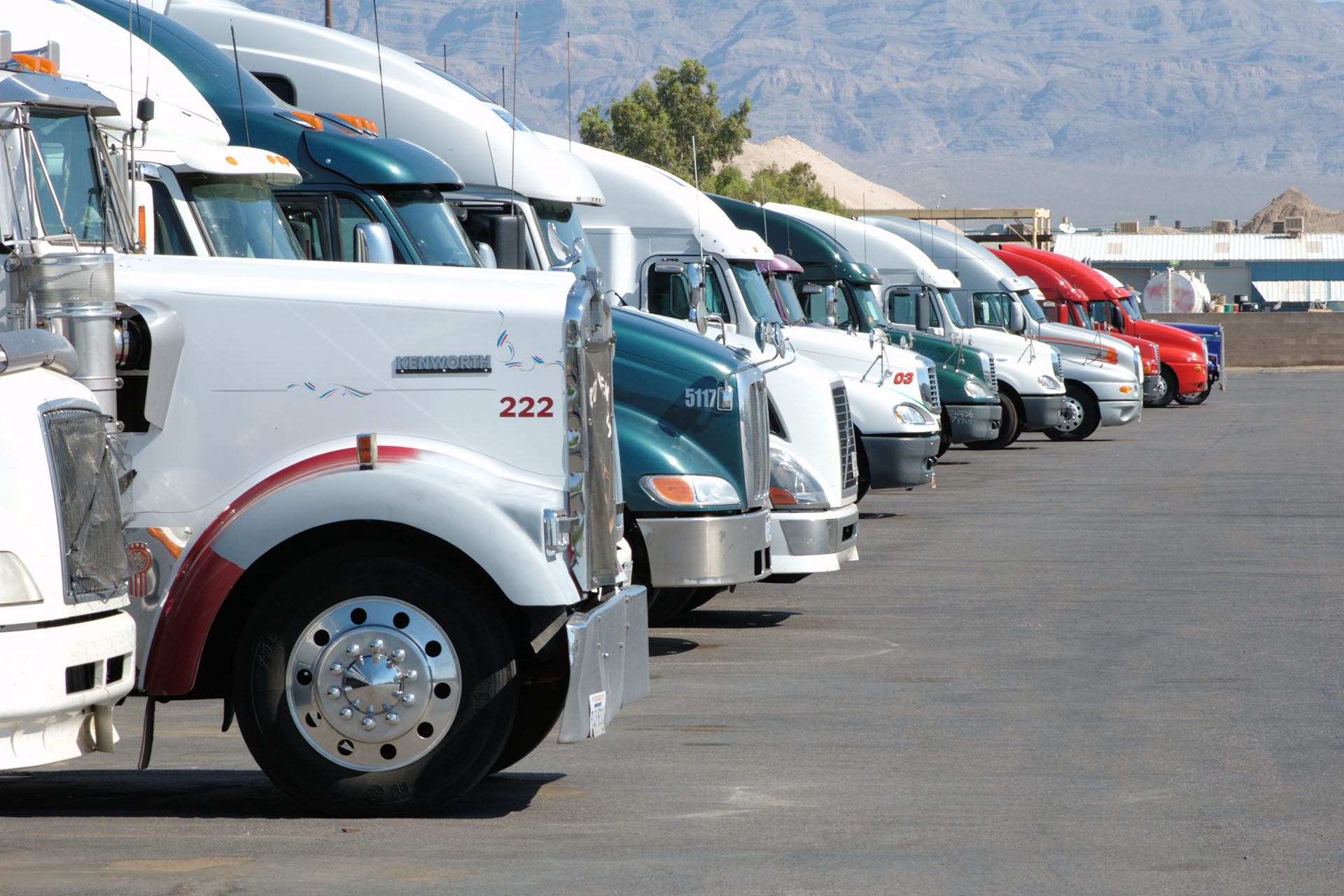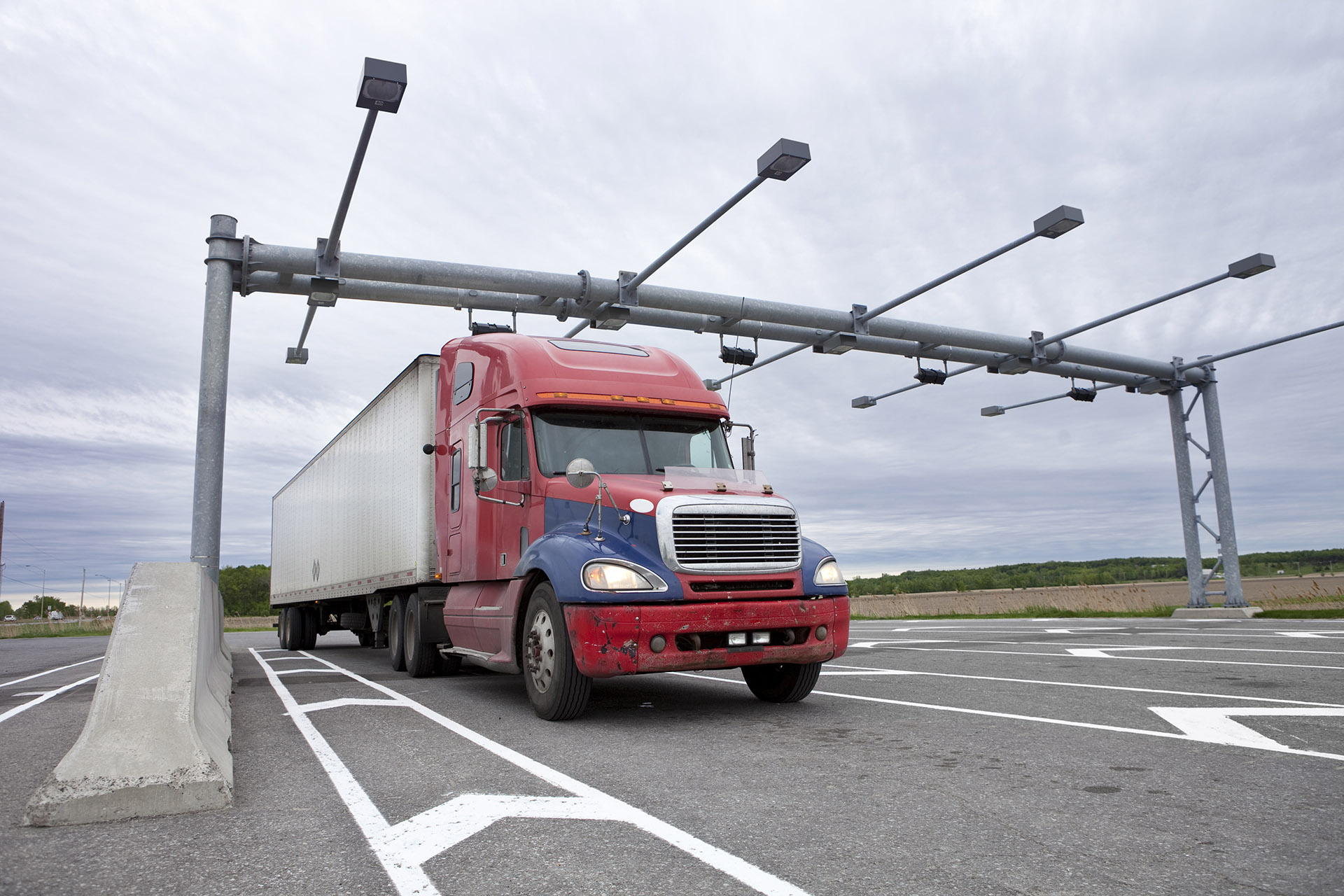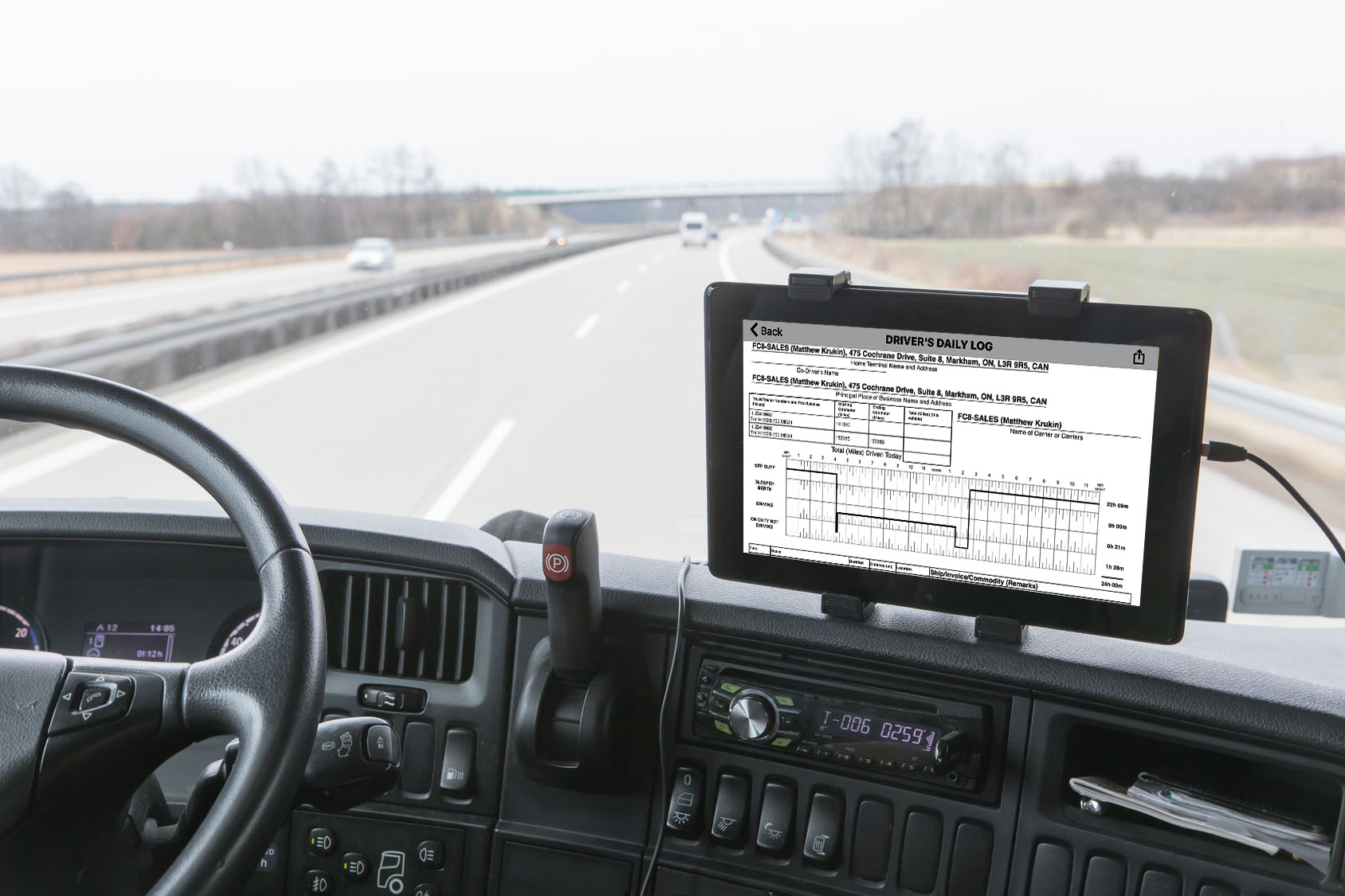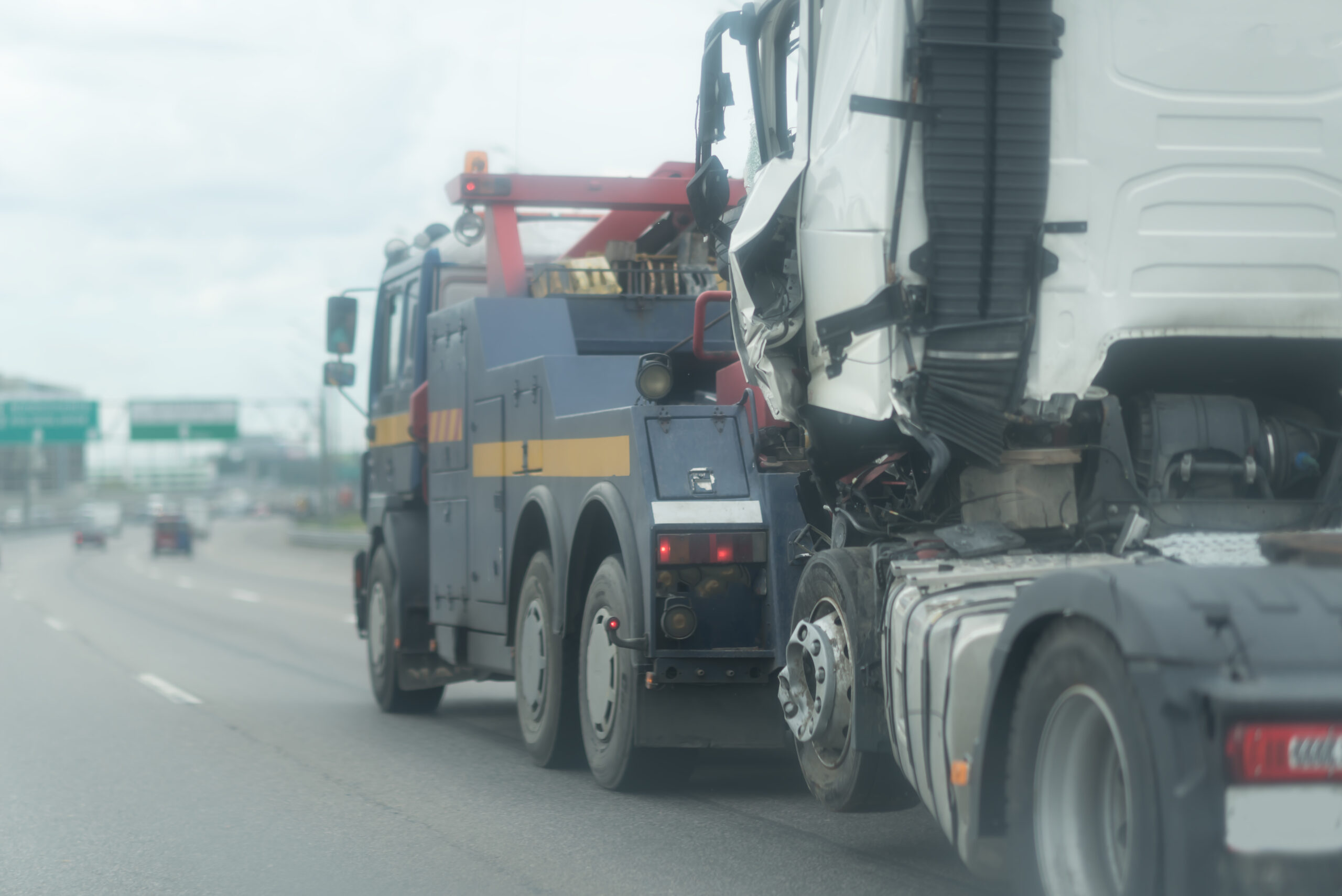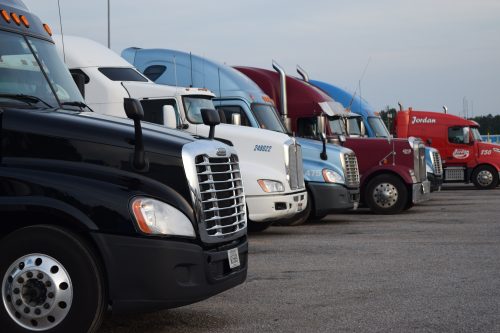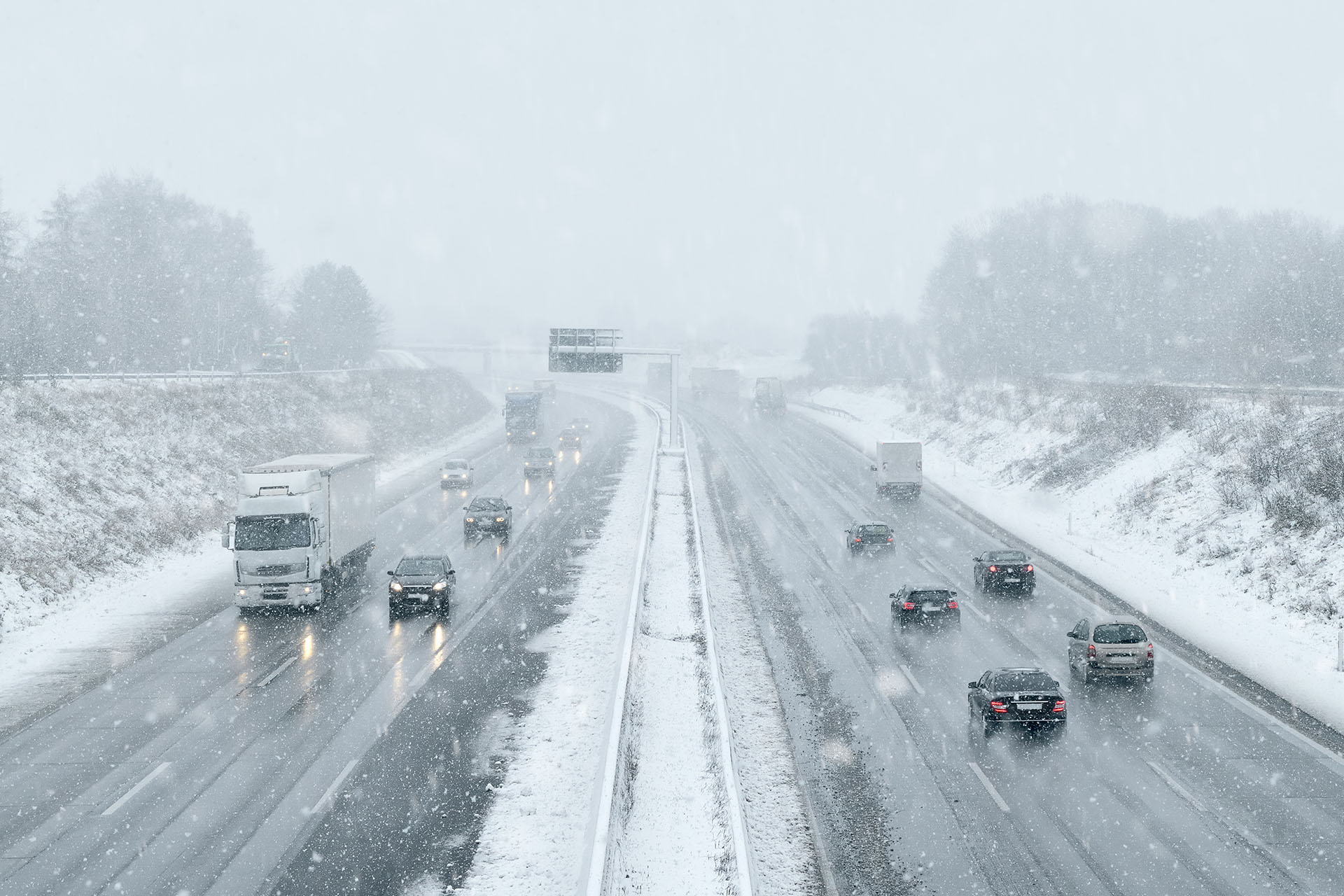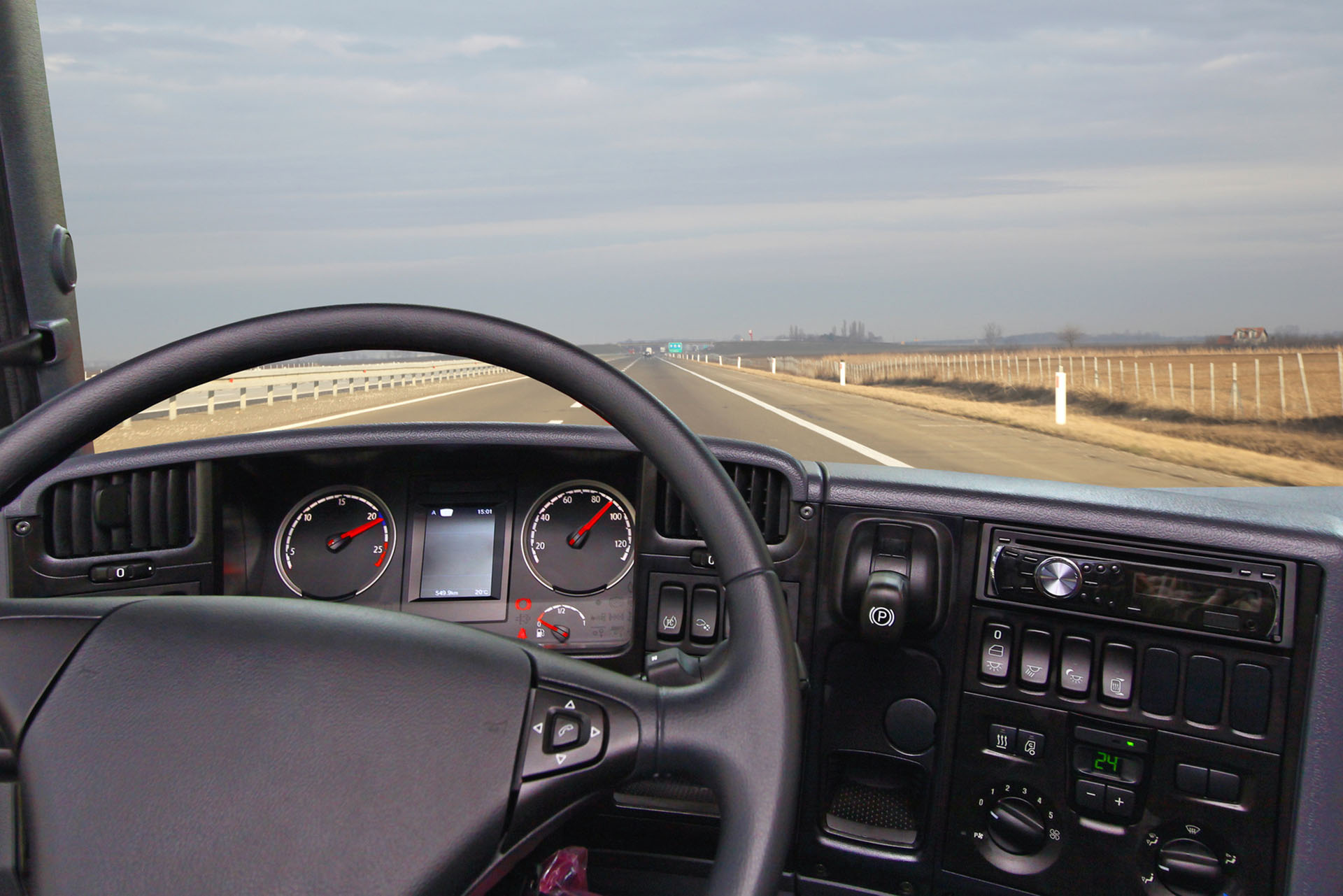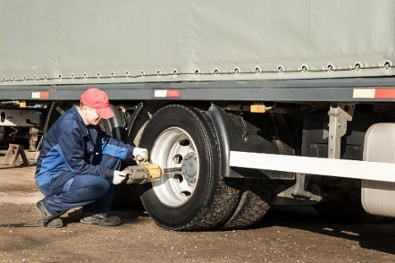Dear Marc,
We haul wood logs and run in 100-mile radius. Drivers leave in the morning and are back home at the end of the day. Are we exempt from the ELD?
Dear Reader,
The first order of business is to determine whether or not the vehicles that are being operated by your company in the U.S. are in fact commercial motor vehicles as defined in ‘PART 390—FEDERAL MOTOR CARRIER SAFETY REGULATIONS; GENERAL’.
In Part 390, a commercial motor vehicle means any self-propelled or towed motor vehicle used on a highway in interstate commerce to transport passengers or property when the vehicle—
- Has a gross vehicle weight rating or gross combination weight rating, or gross vehicle weight or gross combination weight, of 4,536 kg (10,001 pounds) or more, whichever is greater; or
- Is designed or used to transport more than 8 passengers (including the driver) for compensation; or
- Is designed or used to transport more than 15 passengers, including the driver, and is not used to transport passengers for compensation; or
- Is used in transporting material found by the Secretary of Transportation to be hazardous under 49 U.S.C. 5103 and transported in a quantity requiring placarding under regulations prescribed by the Secretary under 49 CFR, subtitle B, chapter I, subchapter C.
There are additional exceptions to the HOS regulations that are afforded to different types of operations. Below is a table that explains all of the different scenarios that create exceptions for the hours of service regulations in the United States.
|
U.S. Exceptions From the Hours-of-Service Regulations |
|||
|
Category |
Type of Exception |
Conditions That Must Be Met |
49 CFR Section |
|
100 air-mile radius driver
(Also see driver salesperson) |
|
|
§395.1(e)(1) |
|
150 air-mile radius driver |
|
|
§395.1(e)(2) |
|
Adverse driving conditions |
|
|
§395.1(b)(1) §395.2 |
|
Agricultural operations |
|
Transporting agricultural commodities or farm supplies.
|
§395.1(k) §395.2 |
|
Agricultural [Farm Vehicle Operations; 10,001 through 26,000 lbs. GVW/GVWR] |
|
|
§390.5 §390.39(a)(3) |
|
Agricultural [Farm Vehicle Operations; 26,001 lbs. or GREATER GVW/GVWR] |
|
|
§390.5 §390.39(a)(3) |
|
Alaska |
|
|
§395.1(h) |
|
Construction materials and equipment |
|
|
§395.1(m) |
|
Driver salesperson |
|
|
§395.1(c) §395.2 |
|
Emergency relief |
|
|
§390.23 |
|
Emergency driving conditions |
|
|
§395.1(b)(2) |
|
Federal government operated |
|
None. |
§390.3(f)(2) |
|
Fire and rescue, emergency operation (non government) |
|
None. |
§390.3(f)(5) |
|
Ground water well drilling |
|
|
§395.1(l) |
|
Hawaii |
|
|
§395.1(i) |
|
Local government operated |
|
None* *Intrastate exceptions may be different.
|
§390.3(f)(2) |
|
Movie and television production |
|
|
§395.1(p) |
|
Oilfield operations |
|
|
§395.1(d)(1) |
|
Oilfield operations |
|
|
§395.1(d)(2) |
|
Personal property occasional transportation |
|
|
§390.3(f)(3) |
|
Propane winter heating fuel; pipeline emergencies |
|
|
§390.3(f)(7) |
|
Railroad signal employees |
|
|
§395.1(r) |
|
Retail store deliveries |
|
|
§395.1(f) |
|
School bus – contractor operated |
|
|
§390.3(f)(1) |
|
School bus government operated |
|
|
|
|
Short-haul exception (16- hour) Also see the “100 air-mile radius driver” and “150 air mile radius driver” entries at beginning of this Table. |
|
|
§395.1(o) |
|
State government operated |
|
|
§390.3(f)(2) |
|
Tow truck responding to emergency |
|
|
§390.3(f)(2) |
|
Utility service vehicles |
|
|
§395.1(n) |
The 100 air-mile radius driver category is pertinent to your question. In this case, the motor carrier that employs the driver and utilizes this exception must maintain and retain for a period of 6 months accurate and true time records.
What is prescribed in the current rule must show the following information at a minimum to qualify under this short haul radius exemption:
- The time the driver reports for duty each day;
- The total number of hours the driver is on duty each day;
- The time the driver is released from duty each day; and
- The total time for the preceding 7 days for a driver that is used for the first time or a part time driver when he/she gets behind the wheel of a commercial motor vehicle.
Some motor carriers do not keep such records, and this can and will result in citations against both the driver and the motor carrier.
Finally with the deployment of ELDs on December 18, 2017, the following motor carriers of commercial motor vehicles will remain exempt from the ELD rulemaking, but will still nonetheless have to complete paper logs in compliance with the Part 395 Hours of Service.
- Drivers using paper RODS no more than 8 days out of every 30 day period. (Note: This is likely the exemption that will be applicable to your question.)
- Driveaway-towaway drivers who transport empty vehicles intended for sale, lease, or repair, as long as the vehicle they are driving is part of the shipment.
- Drivers of vehicles manufactured before model year 2000. (Note: This may also be an exemption that could be applicable to your question below.)
You would have to verify the Engine Model Year of the vehicle on page 5 o the CVSA Inspection bulletin to see if it qualifies or not.














